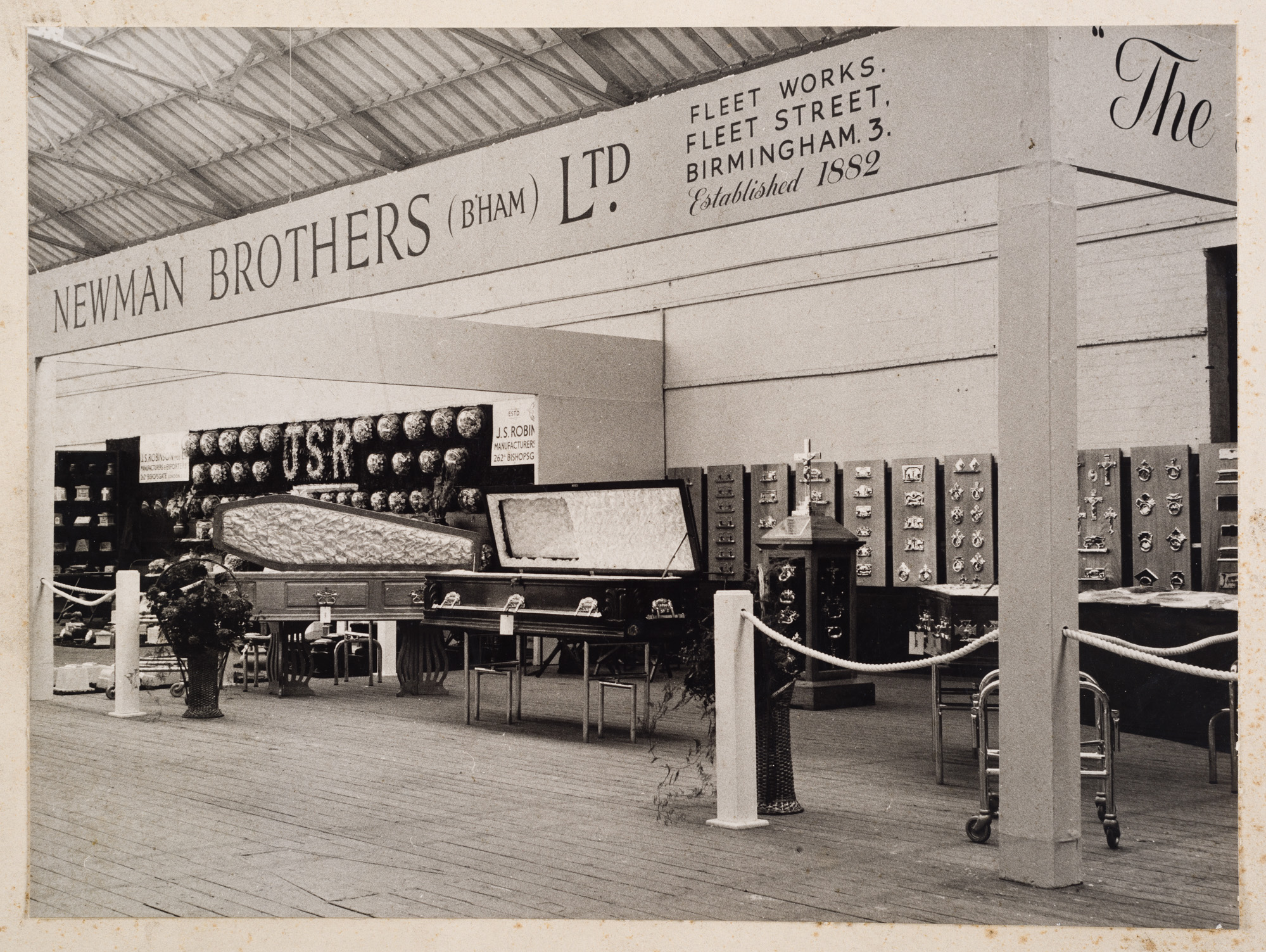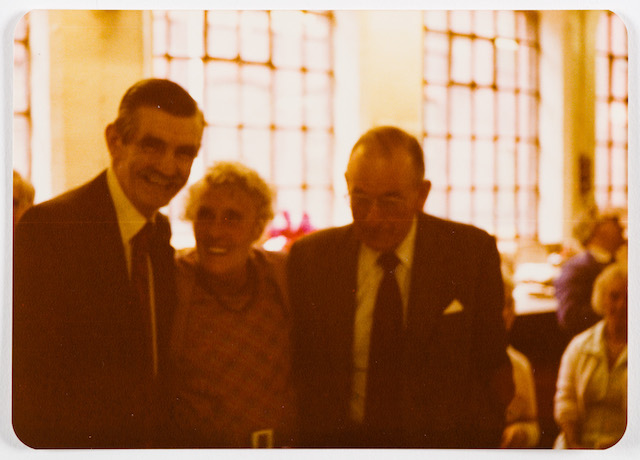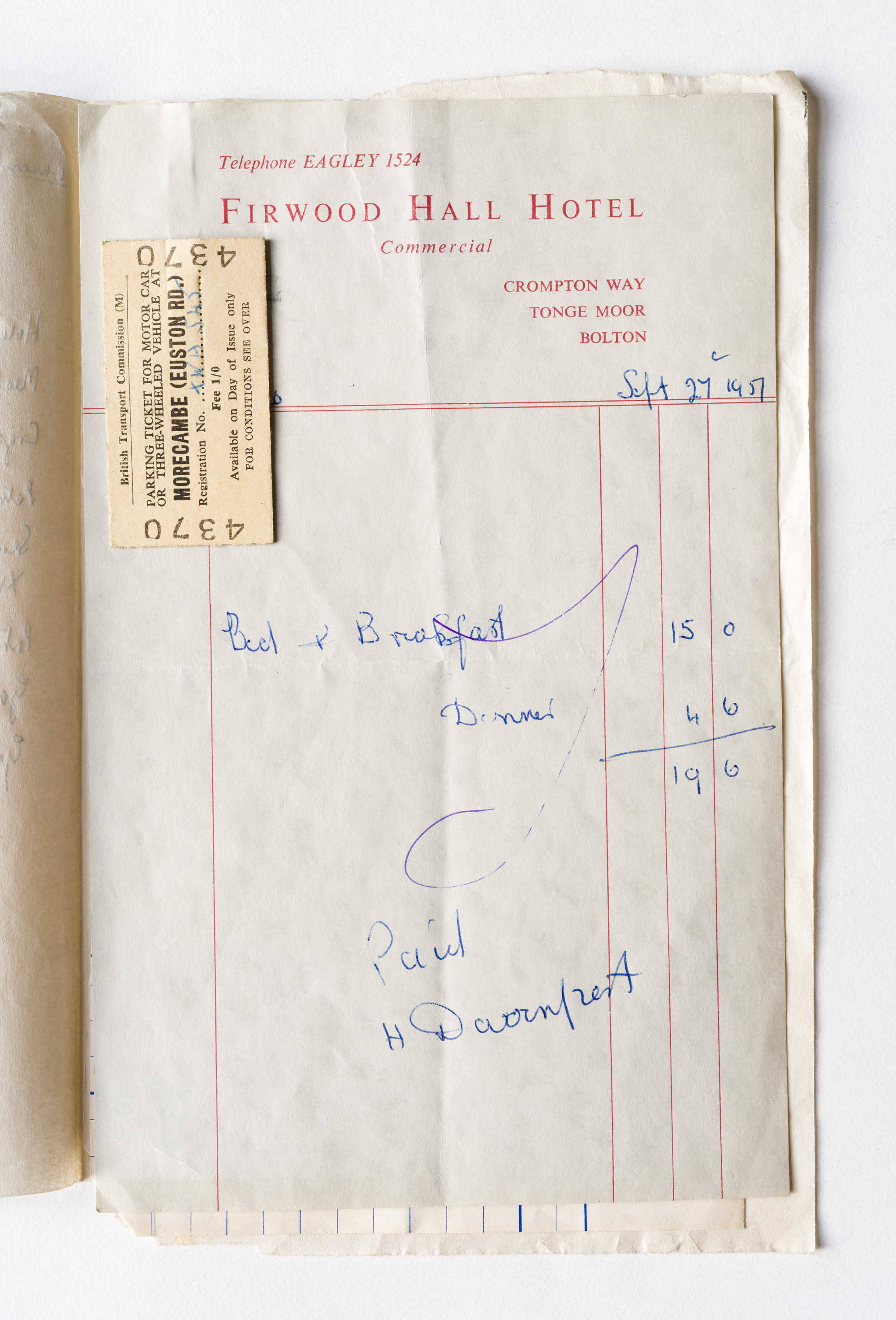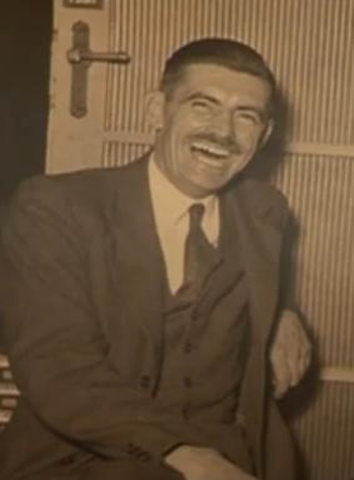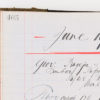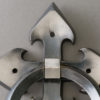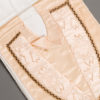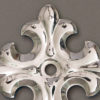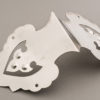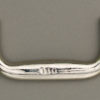Among the most important staff employed by Newman Brothers were the travelling salesmen, many of whom went on to be directors. Each travelling salesman had his own ‘patch’ where he would tour around the undertakers or, in rural districts, builders and carpenters, who doubled up as undertakers.
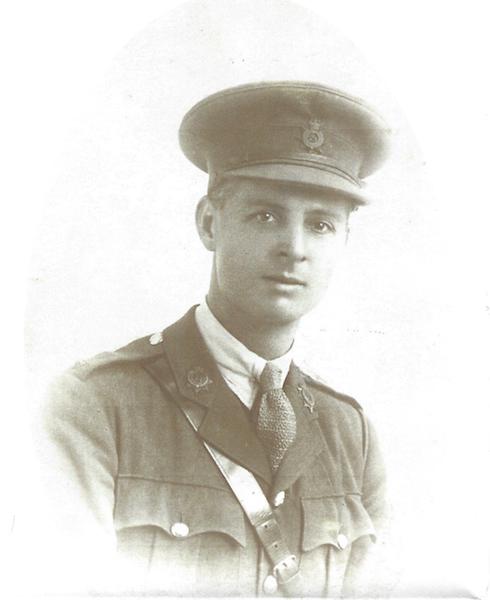
How Newman Brothers sold their products
The work was hard and meant being away from home for days or weeks at a time, travelling by train, motorcycle or car. Typically, they would spend the nights in commercial hotels, specifically catering for salesmen and other businessmen. We know the patches covered by specific salesmen because their expense claims survive in the Newman Brothers’ collection. One of ‘Dai’ Davies’ patches, not surprisingly given his name, was Wales and the Marches, while Arthur Allen often worked in Ireland. John Kellett, Newman Brothers’ director in the 50s and 60s, looked after London and especially the royal undertakers, J.H. Kenyon Ltd.
Finding New Business
The job of the travelling salesmen involved keeping existing customers happy and, of course, finding new business. The key tool of the trade was the travelling salesmen’s bag, full of catalogues and samples. We are fortunate that four of these bags were left at the factory, still with their contents inside.
The handles and other fittings are proudly mounted on presentation card, while the fabric samples of funerary gowns and coffin linings are displayed together in a similar manner to a carpet sample book. Before making a visit, cards would be posted out to prospective clients, advising that a travelling salesman would be visiting in the next few days.
360° View of a Travelling Salesman’s Bag
Use the play button to rotate the object automatically, or alternatively you can drag the item with the mouse or your finger to move it around.
A second way in which Newman Brothers promoted their products was through exhibiting at trade shows. Perhaps the most important show was the annual exhibition of the National Association of Funeral Directors (N.A.F.D.), where suppliers to the trade showed off their wares – coffins, coffin fittings, hearses, memorial cards, embalming fluids, artificial wreaths and much more. The Newman Brothers’ trade stand at the 1951 N.A.F.D. exhibition in Blackpool displayed three coffins and a casket, each with a distinct style of fittings, such as ‘The Hereford’ or ‘The Beresford’. No less than 16 display panels showcased the handles, back plates, crucifixes, breastplates and other fittings produced by “The House of Newman”.
Arthur Allen and Dai Davies, travelling salesmen
The travelling salesmen were amongst the most important staff employed by Newman Brothers, and many went on to be directors. Charm and good looks were important in this role, and both Arthur Allen and Dai Davies had both.
Arthur Allen
Arthur Allen worked for Newman Brothers between 1903 and 1939. His son recalls, “in 1903 he set off for Newman Brothers in a frock coat, bowler hat and rolled-up umbrella. And he said “’I feel like a real commercial traveller’”.
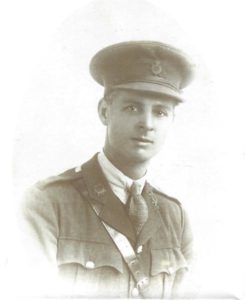 Between 1915 to 1919 he served in the Army Service Corps, as a driver, making use of the skills he had gained as a travelling salesman for Newman Brothers. When he returned to work in 1919, he spent a lot of his time in Ireland selling goods all over the country. He travelled on his Triumph motorcycle, which had a wickerwork sidecar, into which he put his sample bags. It was while he was in Ireland, around 1921 to 1922 during ‘The Troubles’ that he had a frightening experience with the IRA that went down in family history. His son, Anthony, recalls:
Between 1915 to 1919 he served in the Army Service Corps, as a driver, making use of the skills he had gained as a travelling salesman for Newman Brothers. When he returned to work in 1919, he spent a lot of his time in Ireland selling goods all over the country. He travelled on his Triumph motorcycle, which had a wickerwork sidecar, into which he put his sample bags. It was while he was in Ireland, around 1921 to 1922 during ‘The Troubles’ that he had a frightening experience with the IRA that went down in family history. His son, Anthony, recalls:
‘He was in Dublin during The Troubles, staying at St Andrews Hotel, in bed, asleep, and he heard the door open and he saw somebody with a candle, and the shadow of a revolver, and they said, “Get up! You’re an English spy!” He kept saying, “I am a commercial traveller…get my sample bags.” They said “it’s ammunition” and brought it in, but the first bag that was opened had a great crucifix on top and that did it.’
The IRA men let him go after that, and it was said in the family that the crucifix had saved his life.
It wasn’t until 1929 that Arthur got his first car, a Morris Cowley, and according to his son, that made his life as a traveller much more comfortable. Despite more than 30 years’ service with Newman Brothers, he left to work with their competitors, Ingles, Parsons & Clive, shortly after the outbreak of the Second World War. He died in 1958.
Dai Davies
Dai Davies was born in Wales in 1916. He served in the Royal Air Force during the Second World War, before joining Newman Brothers as a ‘Commercial Salesman’. His ‘patch’ as a travelling salesman covered much of Wales and the Marches, as well as more local areas. Eventually he became a director. He is described by Elizabeth Weaving, who worked in the Shroud Room, as “very tall, and he’d got a moustache and black hair and all the ladies used to like him because he was handsome”. He is featured in the image to the left-hand side.
He was also remembered with fondness by the funeral directors who were his customers. For example, he served two generations of the family company, A.B. Taylor Ltd of Birmingham. Andrew Taylor recalled that when his parents got married in 1947, shortly after Dai Davies had started, he gave them a wedding present from Newman Brothers, and he went on selling to them until he was 80, although by this time he had cut down his ‘patch’.
“He used to come in his Peugeot and see my sister, and he always used to call her Miss Susan. Yes, he was a proper gentleman. He used to stand up when you came into the office. It was a real pleasure to see him, you know, it’s not like a lot of travellers, who you don’t really want to see, but he was always a pleasure to see Mr Davies.”
Dai Davies’ expenses from 1957 are shown in the image to the left-hand side.


